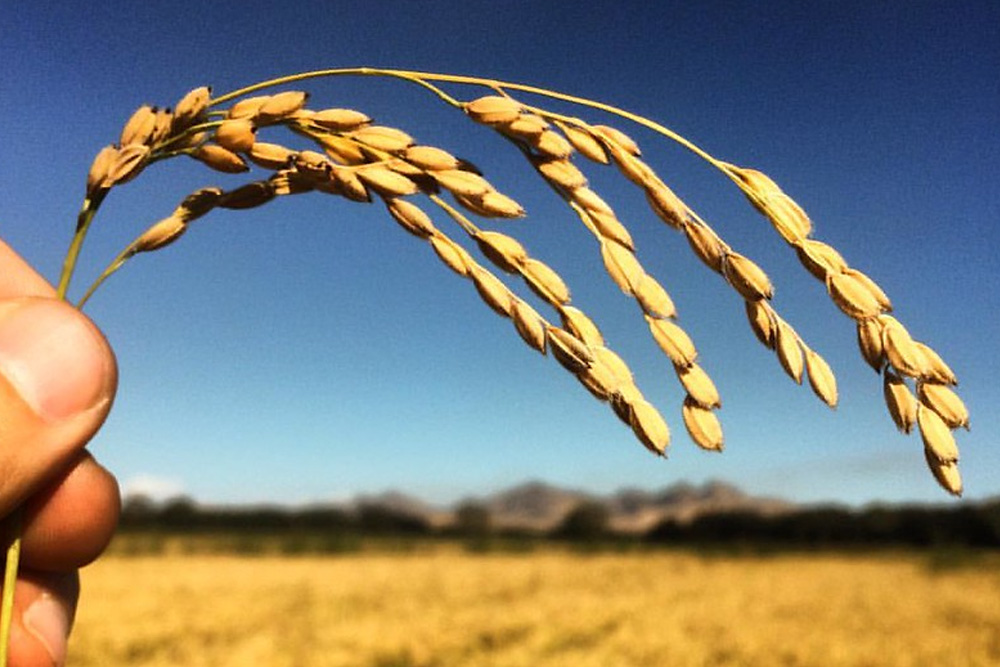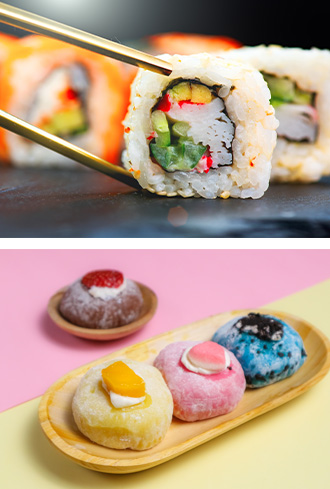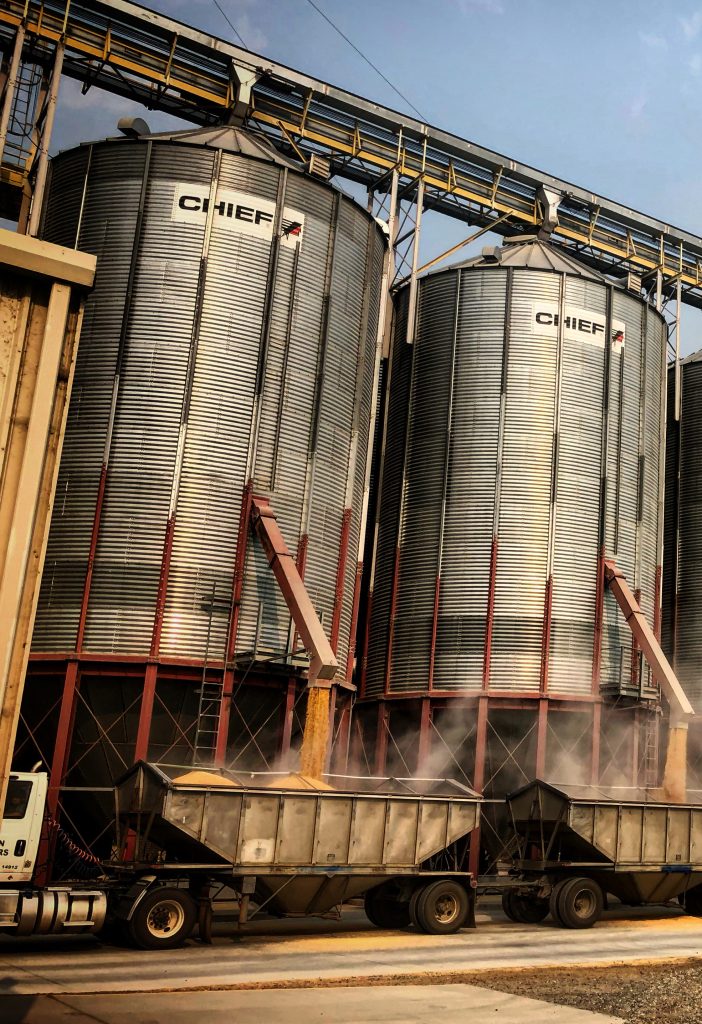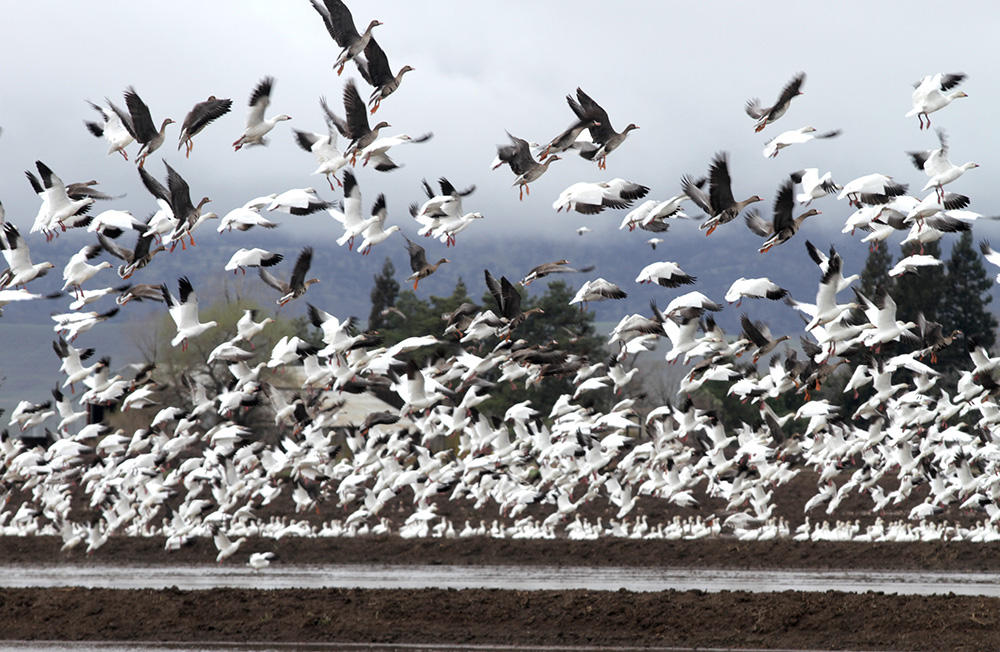
80 Years of Rice Farming Excellence

The Richter family has been growing rice in the Central Sacramento Valley for 80 years. Starting with under 100 acres, the operation has grown to over 5,000 acres of rice and 1000 acres of row crops.
The signature variety of rice grown in this area is medium grain Calrose and was developed in 1948 by the University of California, Davis Rice Experiment Station.
Calrose is a versatile rice grain which is exported all over the world, especially to the Asian and Mediterranean regions. In the United States, Calrose is the dominant variety used in sushi due to the soft, sticky texture of the grains.
In addition to Calrose, Richter AG produces Koshihikari, a short grained premium Japanese variety, and Sweet Rice that is used for making Mochi products.
Supporting Wildlife and Sustainability

Rice produced by Richter AG is transported to Ridgetop Warehouse for drying and storage. Once dried, it is sent to California Heritage Mills, located eight miles away, for milling, processing, and packaging. The finished product is then shipped to consumers worldwide and to major urban markets within the United States.
Additionally, it serves as a crucial food source for winter migrating waterfowl, providing essential nourishment during their long journeys. A picture of waterfowl in rice fields.
Beyond its economic impact, California rice fields function as surrogate wetlands, replacing the thousands of acres of natural wetlands that existed in the valley for millennia.

Timeline of Rice in California (175 years)
1849: California Gold Rush
Chinese immigrants arrive in large numbers to work in gold mines and on railroads, creating a high demand for rice.
1870's: Early Trials
Initial attempts to grow rice in California begin, driven by the need to support the growing population of immigrants.
1908: Breakthrough
USDA soil specialist W.W. Mackie identifies the Japanese medium-grain rice variety, Kiushu, as suitable for California's climate. Successful trials in Biggs, Butte County, confirm this discovery.
1912: Commercial Production
The first successful commercial rice crop is planted in Butte County.
Rice Experiment Station
The California Rice Experiment Station is established in Biggs to advance rice growing techniques.
1918: Rice Riots
Severe rice shortage in Japan leads to a ban on rice exports. Japanese immigrants in the U.S. begin relying on California-grown rice, cementing its importance.
1920: Major Rice-Growing State
California becomes a significant rice-growing state, with production expanding in the Sacramento and San Joaquin Valleys.
Today: Production Soars
Calfornia's rice industry generates over $1 billion yearly, specializing in Japonica rice for export to Japan, South Korea, Taiwan, and the Middle East. Ongong research at the California Rice Experiment Station aims to boost yields and water efficiency.
